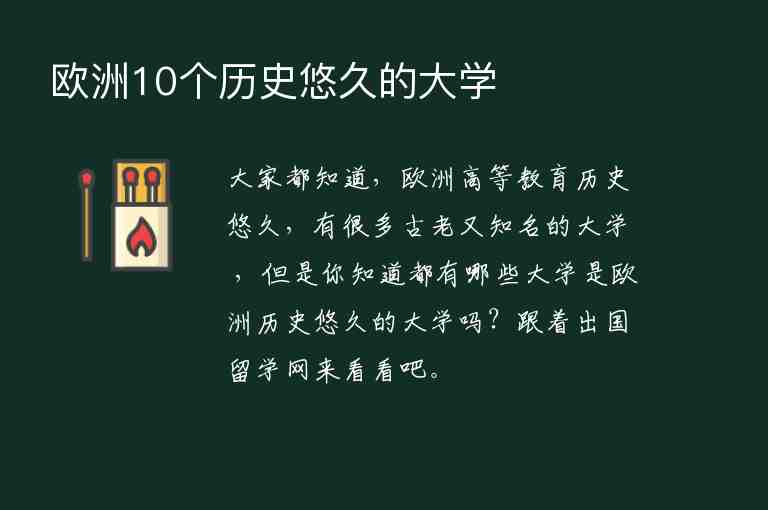仲(zhòng):名词,指月份或四季中的第二个月份或季节。
怎么读(音标)
仲:[zhòng]
用法
1. 仲一般用于农历或传统的节气划分中,指某个月份或季节的第二部分。在传统的二十四节气中,仲分为立春后的第二个月份和立夏后的第二个月份。
2. 也可以用于表示某一事物在某一时期的次序,如“仲秋”、“仲春”等。
例句1-5句且中英对照
1. 我们现在正处于农历九月的仲秋时节。
We are now in the middle of autumn in the ninth month of the lunar calendar.
2. 明天就是农历五月初五,也就是端午节的上半年,下半年是在农历六月初五。
Tomorrow is the fifth day of the fifth month in the lunar calendar, which marks the beginning of the first half of Duanwu Festival, while the second half falls on the fifth day of the sixth month.
3. 在传统习俗中,冬至后就进入了冬季的仲冬时期。
According to traditional customs, after Dongzhi Festival, we enter into midwinter.
4. 在,每年都会有两次“大寒”,一次是小寒后的大寒,另一次是立春后的大寒。
In China, there are two "major cold" periods every year, one after Xiaohan and the other after the beginning of spring.
5. 仲夏的天气炎热,很多人都喜欢去海边避暑。
The weather in midsummer is hot, and many people like to go to the beach to escape the heat.
同义词及用法
1. 次月/次季:与仲相同,都是表示某个月份或季节的第二部分。
2. 中期/中段:可以用来表示某一时期或时间段的中间部分,也可以与仲意思类似。
3. 下半年/下半季:与上半年或上半季相对应,指某一时期的后半部分。
编辑总结
仲是一个具有历史文化背景的词语,在传统节气和农历中有着重要的地位。它可以用来表示时间段中的第二部分,也可以用来表示某一事物在某一时期的次序。除了常见的“仲秋”、“仲春”等,还可以结合其他词语使用,如“仲冬”、“大寒”等。同时,它也有许多近义词可以替换使用。总之,了解和正确使用“仲”这个词语,能够更加深入地了解的传统文化。
